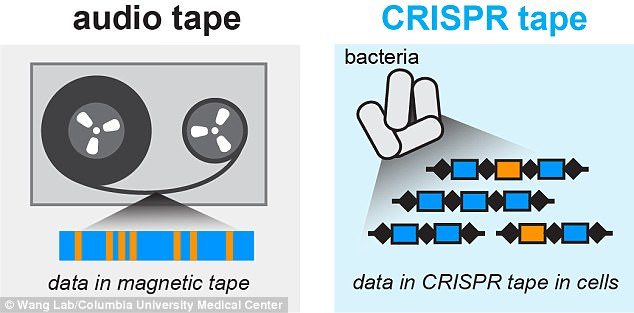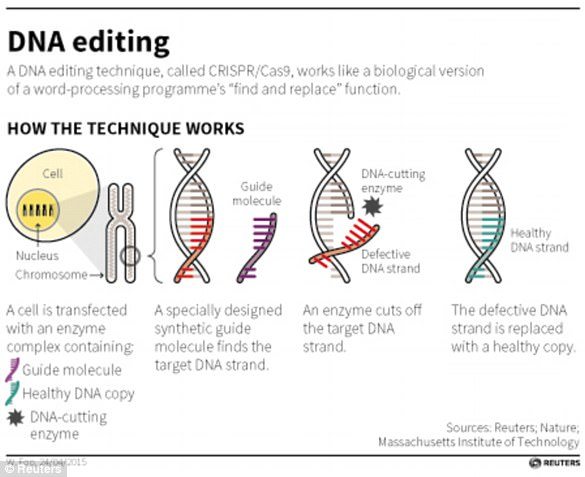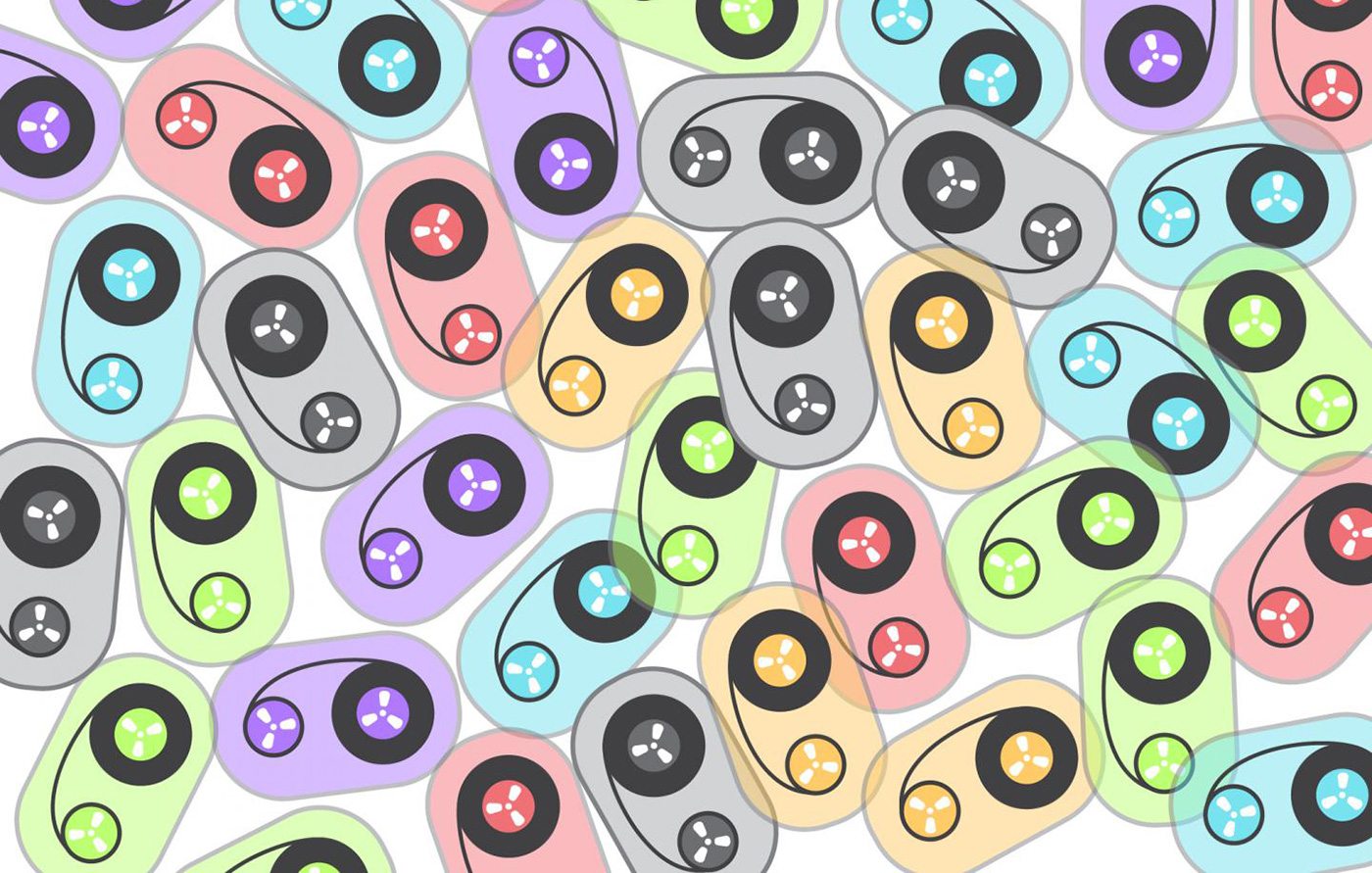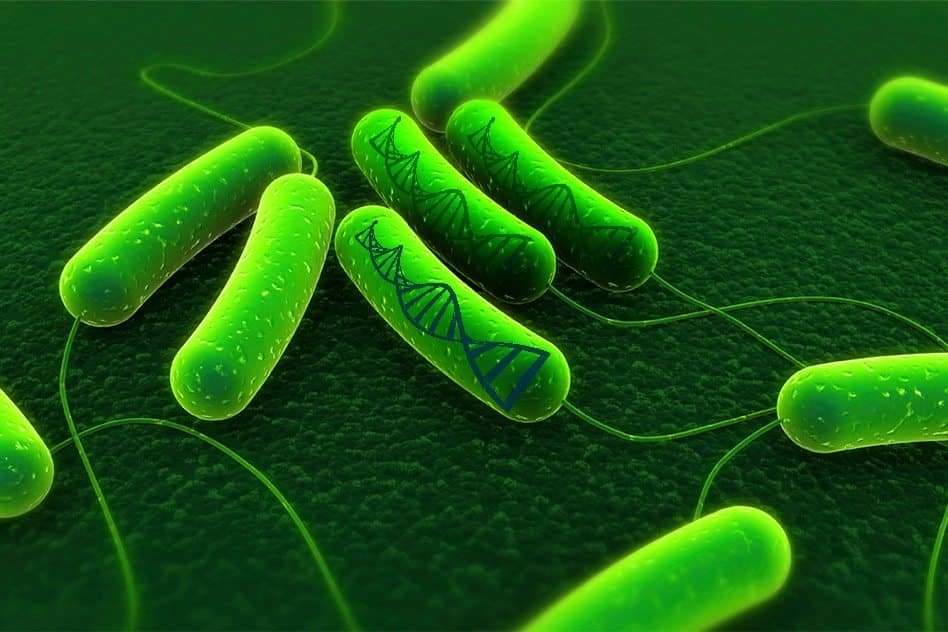The World’s Smallest Tape Recorder is Here- Built Using Bacterial Cells!
Tape recorders are obsolete, but the ones we are discussing are so different from the age-old, bulky tape recorders that were both intrusive and difficult to operate. We are about to find out more about.. say, Biological recorders. Yes! The world’s tiniest data recorder created out of microbes, capable of storing everything from poems to images.
Researchers from the Columbia University Medical Center used molecular hacks to convert a naturally occurring gut bacterium in humans into the world’s smallest data recorder.
Normally, when you hear “E.coli”, you think about that one time you went a little too hard at the all-you-can-eat buffet and walked away with a very unfortunate souvenir.
But now, researchers have turned these Bacteria into little recording devices that can not only record their interactions with the environment but time-stamp the events, too.
For the process of constructing the biological data recorder, the scientists modified a slice of DNA (a plasmid) to give it the ability to create more copies of itself in the bacterial cell, in response to an external signal. A second, separate recording plasmid was designed to trigger the recorder and track time. When
an external signal is detected, the second plasmid is activated, leading to insertion. In a way, the genetically designed CRISPR-Cas system functions as a natural biological memory device.“Such bacteria, swallowed by a patient, might be able to record the changes they experience through the whole digestive tract, yielding an unprecedented view of previously inaccessible phenomena,” says Harris Wang, PhD, assistant professor in the Departments of Pathology & Cell Biology and Systems Biology at CUMC and senior author on the new work, described in today’s issue of Science. Other applications could include environmental sensing and basic studies in ecology and microbiology, where bacteria could monitor otherwise invisible changes without disrupting their surroundings.
Wang and the team used CRISPR-Cas, an immune system found in certain species of bacteria, to edit a plasmid into E.coli’s DNA. These edits gave the bacteria the ability to replicate itself when exposed to a specific signal. Another plasmid was then modified and added to act as a reference when the signal isn’t present.

“In the absence of an external signal, only the recording plasmid is active, and the cell adds copies of a spacer sequence to the CRISPR locus in its genome,” the team explained. “When an external signal is detected by the cell, the other plasmid is also activated, leading to insertion of its sequences instead. The result is a mixture of background sequences that record time and signal sequences that change depending on the cell’s environment.”
To generate their bacterial recording system the researchers engineered two different plasmids in a laboratory strain of Escherichia coli. The first plasmid created more copies of itself in response to an external signal. A second recording plasmid effectively marked time and expressed the required CRISPR/Cas system components. When there was no external signal, the recording plasmid continued to insert copies of a spacer sequence into the CRISPR locus. When an external signal was detected, however, the self-replicating plasmid was activated, leading to insertion of signal sequences. What you get is a background of spacer sequences that follow time, interspersed with signal sequences that were inserted as a result of changes in the cell’s environment. The CRISPR locus can then be read using computational tools. Initial tests with the TRACE system showed that recorded information was stable within cell populations over eight days.

Having generated their prototype system, the team then demonstrated how it could be multiplexed, enabling the simultaneous recording of three different signals—in this case availability of the metabolites copper, trehalose, and fucose—in the cell population environment over three days. “This work enables the temporal measurement of dynamic cellular states and environmental changes and suggests new applications for chronicling biological events on a large scale,” the authors conclude. “Our work enables new applications in biological recording. TRACE could be utilized to record metabolite fluctuations, gene expression changes, and lineage-associated information across cell populations in difficult-to-study habitats such as the mammalian gut or in open settings such as soil or marine environments.”
At present, the recording system can handle three simultaneous signals at once while keeping track of the time for days on end.
Elaborating on what’s next for TRACE, Wang concluded that the team is “planning to look at various markers that might be altered under changes in natural or disease states, in the gastrointestinal system or elsewhere.”
The technology is still being developed, so for now, CRISPR recordings probably won’t disrupt the recent resurgence of the cassette tape.
























